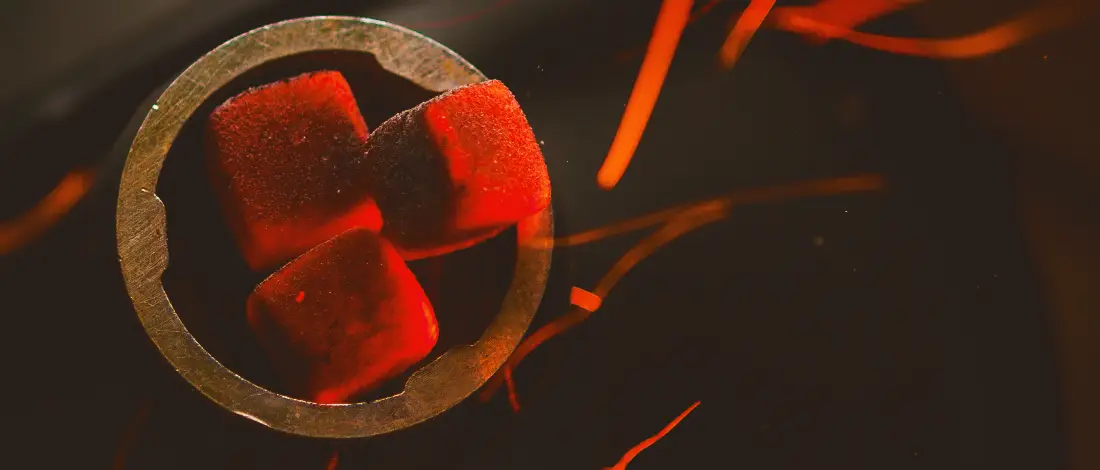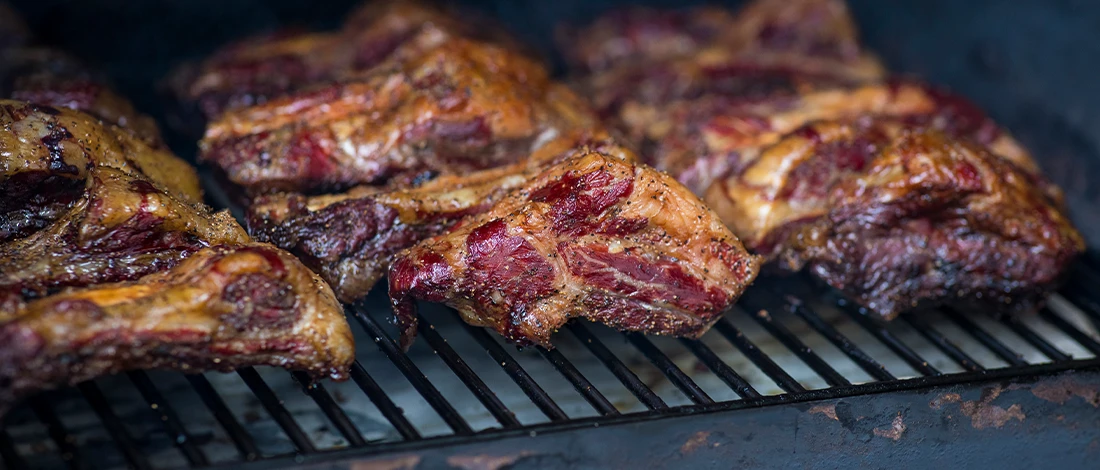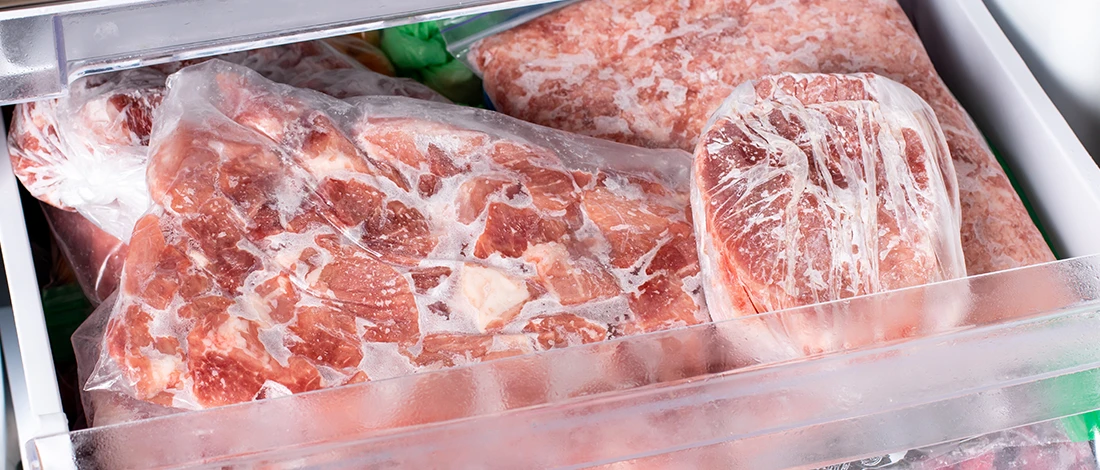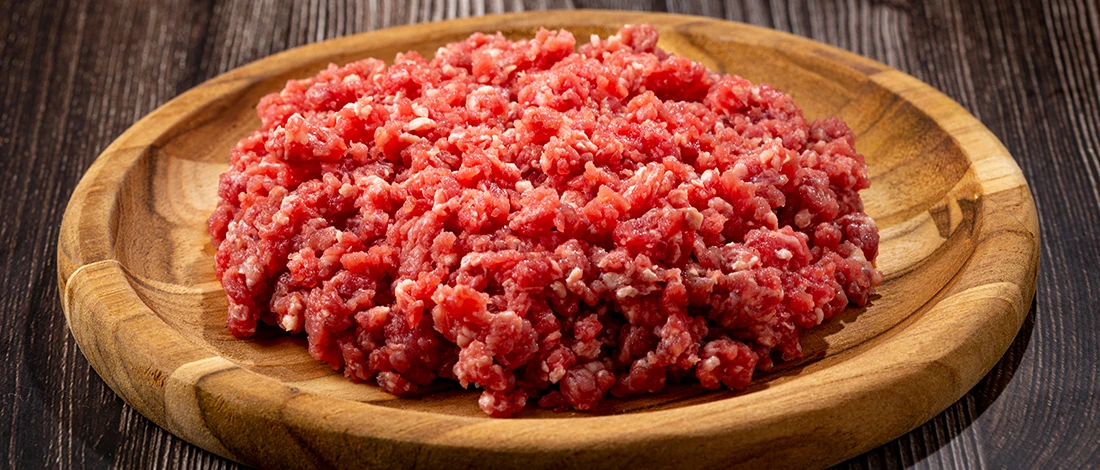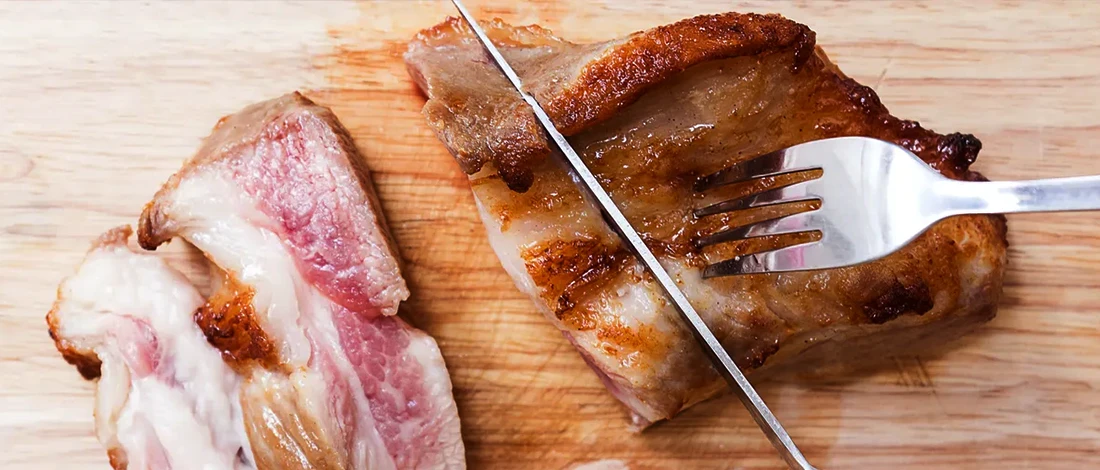Since the first propane grill (LazyMan) went on sale in the 1950s till today, gas grills are the marvel of expediency!
The convenience of pushing a button and "turn of a dial" heat control makes a gas grill irresistible - probably contributing to why nearly 70% of American families prefer using a gas grill.
However, novice owners may be reluctant, if not downright intimidated, to light their grill for the first time.
You'll be working with a significant fuel source, so it's best to know what you're doing exactly. Fortunately, we're here to enlighten you with a primer on how to light a grill.
Quick Summary
- Lighting a gas grill involves checking the grill's condition, opening the lid, turning off all burner knobs, and opening the gas tank.
- If the flame doesn't ignite within five seconds, turn off the ignition and wait five minutes before trying again.
- Manual lighting requires opening the lid, ensuring all knobs are off, opening the gas valve, and using a light stick or matches to ignite the flame.
Risks Of Using A Gas Grill

The most dangerous aspect of cooking on a gas grill is the odorless and colorless propane gas.
When released from its pressurized cylinder, propane vaporizes nearly immediately, producing a constant flame on your outdoor gas grill.
However, propane poses several risks:
- If the propane gas tank leaks, inhaling high amounts of the harmful gas may reduce the oxygen available, potentially causing unconsciousness, asphyxiation, and cardiac failure.
- Fire and explosions are other risks associated with keeping propane gas cylinders on your property. For example, if a gas leak meets a spark or similar heat source, it can erupt.
Fortunately, both risks are easy to minimize and avoid by proper handling practices and frequent maintenance.
Safety Tips Before Lighting A Gas Grill

Before we start lighting the grill for our Summer barbeque, we would like to enlighten you with a few straightforward safety tips to ensure you keep your grilling season safe when pulling out your outdoor gas grill in early spring.
So, before using the outdoor gas grill for the first time in a long while, there are various factors you'll want to check out before igniting the grill.
- The first thing you'll want to pay attention to is taking a look at the grill's actual burn area to ensure that small animals or rodents haven't built nests or moved into the grill over the winter.
- Next, it's critical to remove the grill piece and burner covers. After removing the burners, look for rusted or worn-through areas. Before using the grill, you'll want to ensure that the burners are in top-notch condition to prevent the rusted pieces and large holes from allowing excess gas to seep through.
- Then, it's essential to do a visual check-up of the gas tank and propane system. First, pull the gas tank out of its cage and have a thorough look ensuring that there isn't any visible damage like dents or cracking. Then, do the same for your valve system to ensure that there aren't obvious damage signs on the hose line, like cracks or leaking.
- Once you've thoroughly completed your gas grill's visual check, it is critical to follow up with a leak test to ensure that your gas tank and system aren't leaking propane. To perform this straightforward test, start by ensuring that all the control knobs are in the off position. Then, take a mixture of liquid dish soap and water (50:50 ratio) and lightly brush the fluid around all the joints of your hose line's system.
- After applying the soap, open the gas tank a quarter of a turn to charge the line with propane gas; if you notice bubbles forming on your line's system, it's vital to shut off the gas tank and remove it. We recommend hiring professionals to fix and test the system to ensure it is up and running correctly.
Placing Your Grill In The Perfect Location
Before you hastily fetch those delicious steaks, it's essential to locate your outdoor gas grill in the appropriate location, be it on your deck or beside the house.
First, ensure that the gas grill isn't up against the wall of your house. Instead, aim to pull it several away from the wall. In addition, avoid placing the grill under any eaves, overhangs, trees, branches, etc.
As a bonus tip -it's critical never to leave your grill unattended when in use, you'll want to avoid running in and out of the house as accidents happen within a blink of a second.
In addition, keep small children or pets away from the grill as they can quickly burn themselves or knock the grill over.
Lighting A Gas Grill With An Auto-Ignition

When lighting your gas grill, you'll want to follow these specific procedures for optimal safety and functionality.
- According to homedepot.com, always ensure that your lid is open before turning on the gas to light the gas grill. Otherwise, gas accumulates beneath the closed lid, easily leading to an explosion or fire [2].
- Be sure to turn all your burner control knobs off. Then, you can double-check by pushing the knobs in and turning them clockwise until they come to a stop.
- Open the gas tank to charge the system with propane gas by turning the tank valve counterclockwise.
- Once the gas is flowing, return to your control knobs (again keeping the lid open), press the built-in-auto-ignition button or tuner dial for five seconds or until you hear a "whooshing" sound, meaning that your gas is lit.
- If you do not get a flame in the first five seconds, Weber.com suggests shutting the ignition button or turner dial off and waiting five minutes to allow the built-up gas to dissipate before trying again [1]. Waiting five minutes prevents the propane built up in the system from causing a dangerous explosion.
- After using the grill, the safest way to turn it off is by first shutting the valve of your gas bottle to allow the system to drain the excess propane gas. Next, you can close the ignition control valve when you notice the fire going out on the burner. Lastly, clean and seal the gas grill lid.
Lighting A Gas Grill Manually

If you are lighting a grill without a built-in ignition or in the event that your built-in ignition stops working, there are straightforward ways to light your gas grill manually, saving your Sunday barbecue!
While it can be pretty intimidating lighting a grill manually if you've never done it before, rest assured, you will be perfectly safe if you follow the instructions below.
- Always open the gas grill lid.
- Ensure the burner control knobs are all turned off by pushing in control knobs and turning them clockwise until they stop.
- Turn the gas valve counterclockwise to open it.
- Look for the series of holes located on the side or base of the grill chamber, and use a light stick or matches to ignite the flame while turning the gas. Some of the older gas grill models may not have lighting holes -that's fine - use longer matches or place the lit match into a match holder and insert it through the grill's grates while igniting the burners.
Related Articles:
References:
- https://www.weber.com/US/en/blog/tips-techniques/can-i-light-my-grill-manually/weber-30004.html?awc=18895_1643981845_b395ed9d73557fa0bf1ed1029c99ba14&utm_source=Skimlinks&utm_medium=aw&utm_campaign=Sub+Networks&aw_affid=78888
- https://www.homedepot.com/c/ab/how-to-use-a-gas-grill/9ba683603be9fa5395fab9079d1d64d

